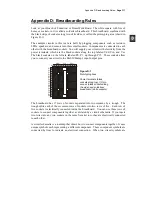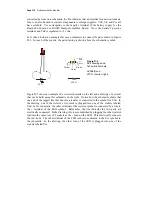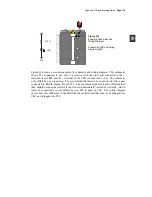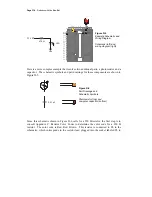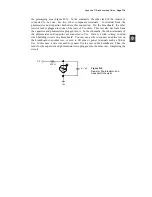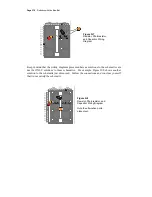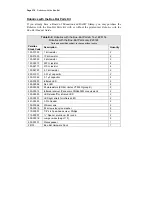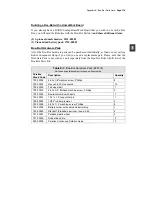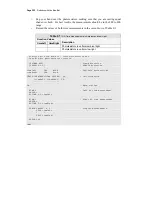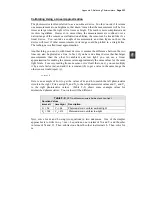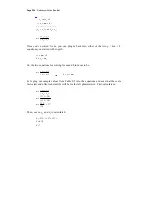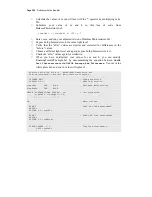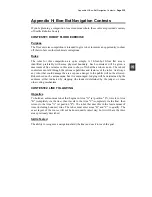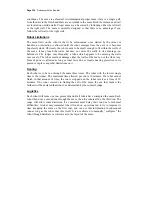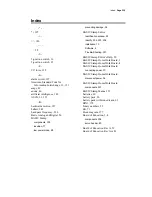
Appendix F: Balancing Photoresistors
· Page 325
Now, we know how to correct the
timeLeft
variable so that it reports values similar to
the
timeRight
variable in this narrow range of light levels:
7
timeLeft
37
.
1
timeLeft
7
x
37
.
1
y
b
mx
y
)
adjusted
(
+
×
=
+
=
+
=
A Linear Equation in PBASIC
In most programming languages for PCs, this equation could be entered as-is. The
BASIC Stamp is a very tiny processor compared to a PC. Because of this, it takes an
extra step to multiply by a fractional value. You have to use the */ operator (it’s called
the “star-slash” operator). For the
timeLeft
equation, the PBASIC code to adjust the
timeLeft
variable can be done like this:
timeLeft = (timeLeft */ 351) + 7
The adjusted value of
timeLeft
after this line of code is executed is 1.37 times the old
timeLeft
, plus 7.
Why did 1.37 become 351? The way the */ operator works is that you have multiply your
fractional value by 256, and place it to the right of the */ operator. Since 1.37 X 256 =
350.72
≈
351, the value 351 goes to the right of the */ operator.
You can find out more about the */ operator in the BASIC Stamp Editor by clicking Help and
selecting Index. Type in */ in the field labeled “Type in keyword to find”. You can also look
up */ in the Binary operators section of the
BASIC Stamp Manual
.
Your Turn – Balance Your Photoresistors with m and b
√
In Table F-1, label the first
timeLeft
entry X1 and the second
timeLeft
entry
X2.
√
Label the first
timeRight
entry Y1 and the second
timeRight
entry Y2.
√
Use these equations and your X1, X2, Y1, and Y2 values to solve for m and b.
√
)
x
x
(
)
y
y
(
m
1
2
1
2
−
−
=
and
2
2
mx
y
b
−
=

